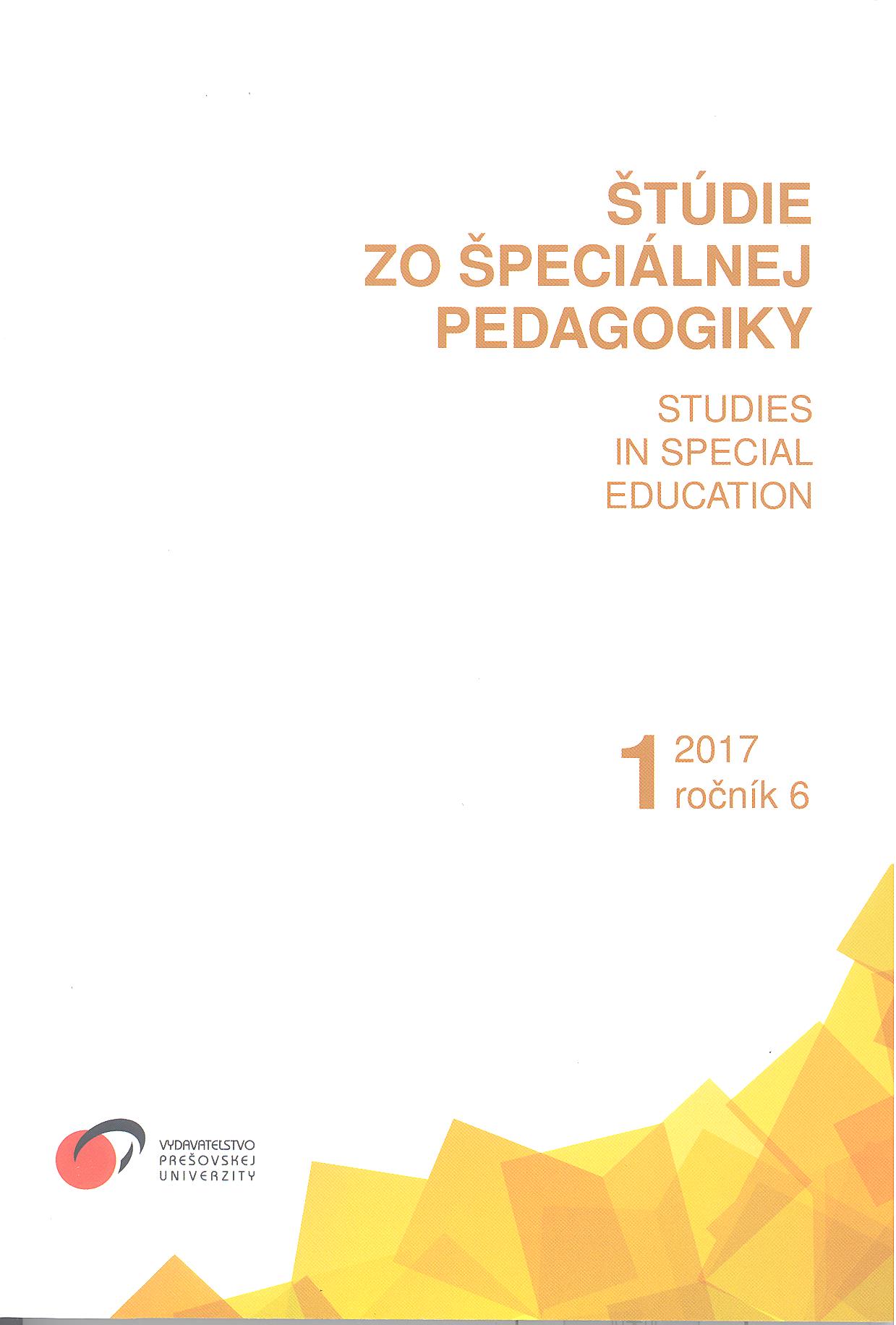Portuguese Sign Language Acquisition in Pre‑School Children with Hearing Impairment in Northern Portugal: an Exploratory Study
Portuguese Sign Language Acquisition in Pre‑School Children with Hearing Impairment in Northern Portugal: an Exploratory Study
Author(s): Teresa Rodrigues, Anabela Cruz-SantosSubject(s): Vocational Education, Inclusive Education / Inclusion
Published by: Vydavateľstvo Prešovskej univerzity v Prešove
Keywords: hearing impairment; language; sign language; pre‑school children;
Summary/Abstract: This exploratory study aims to analyse the oral vocabulary and/or sign language in children with different types and degrees of hearing impairment (HL) in order to understand what primary language is chosen by these children. For such independent variables will be considered: age, gender, the type and degree of HL. An assessment tool, the Semantic Naming Battery (SNB) was developed to assess language. The SNB consists of 100 words and corresponding pictures existing within the two categories (nouns and verbs),with the aim of assessing the acquisition of the lexicon and the choice of first language, Portuguese Language (PL) or the Portuguese Sign Language (PSL). This choice will be made after the children have been exposed to both languages (PL and PSL). The dependent variables considered will be the battery raw results. The sample consisted of ten pre‑school children, aged between four and five years’ old who attend an inclusive pre‑schoolof reference for children with HL, in Northern Portugal. The results of this study indicate that: a) children with moderate HL spontaneously named 80 % and children with severe HL named 79 % of the vocabulary, using the PL and PSL simultaneously, it was also verified that when using only one language, children with moderate HL use oral language and severe HL use sign language; b) there are statistically significant differences in the acquisition of new signs or the development of oral language according to the language they use less, after a year in pre‑school; c) the type and degree of HL influence the choice of the child regarding their first language, specifically, children with moderate HL use more often PL and children with severe HL use PSL; and d) in relation to acquisition of new signs or new words, there was a progressive increase in the performance of children with moderate and severe HL, showing a decrease in the use of cues (visual, semantic and/or phonological) provided to children if they have difficulties in naming the target word.
Journal: Štúdie zo špeciálnej pedagogiky
- Issue Year: 6/2017
- Issue No: 1
- Page Range: 30-37
- Page Count: 8
- Language: English

